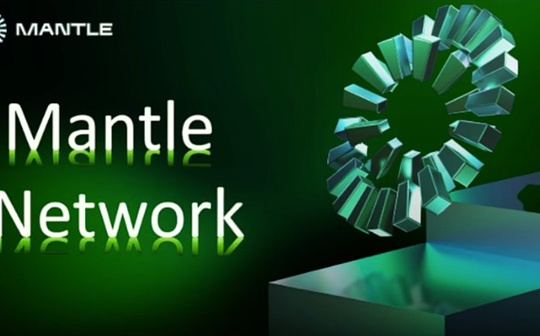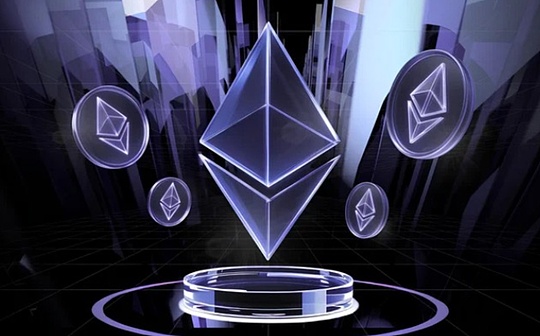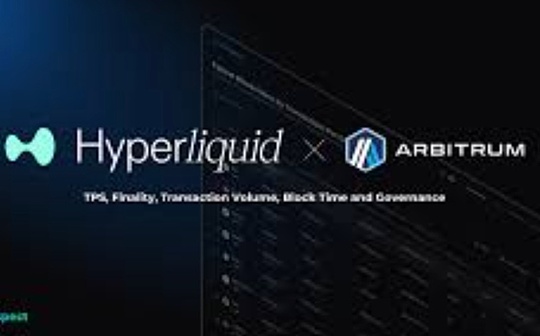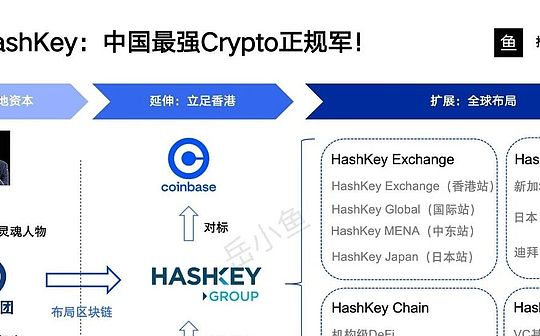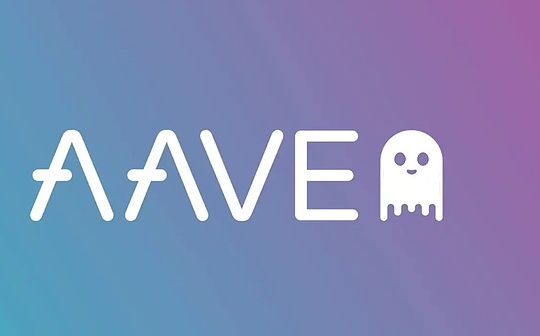
Author: Chen Mo, the founder of BV DAO Source: X,@CMDEFI
Regarding AAVE V4, a summary, many problems have been changed, and some plans seem to be stubborn for old Defi.Should every big protocol be issued?
1. Unifying a liquidity layer
-
The supply and borrowing of all funds and borrowing are concentrated, so that liquidity will not be scattered in different modules.
-
Allowing agreements to easily add or remove functional modules in the future without migrating liquidity, which provides convenience for long -term expansion.
The biggest advantage is that it will not switch back and forth in the tabs of the AAVE V2/V3/V4, and you don’t need to manually migrate funds from V2 to V3 as when the V3 upgrade.
>
2. Vaguely controlled interest rate functions
AAVE V4 proposes to use fully automatic interest rates, which can adjust the interest rate curve slope.The current setting is controlled by the governance mechanism, which not only increases the burden of governance, but also reduces capital efficiency.The ambiguous interest rate design is used to actively control the turning point of the interest rate curve, so that it is dynamically adjusted according to the market state.Basic interest rates will increase or decrease according to market demand to optimize the interest rates of suppliers and borrowers.
This should have been optimized for a long time. The bulky interest rate model and the lengthy governance process have made AAVE miserable. In the previous $ CRV, FRAXLEND has been led by algorithm control interest rates.Under the circumstances of excessive utilization rate, the FRAXLEND borrowing of the interest rate model is healthier.
3. Liquidity premium mechanism
V4 introduces the concept of “liquidity premium”, and dynamically adjusts the borrowing interest rate according to the risk status of mortgage assets (such as centralization, market risk, etc.).Faced with higher risk mortgages, the cost of loan is relatively improved. On the contrary, low risk helps reduce the cost of loan.
This is a better risk management function. Many cottage coins still have borrowing demand on the chain. Risk grading is an desirable strategy.
>
4. Launched smart accounts (Smart Account) and Vault
Significant improvement of user experience, allowing users to use single and one wallet to manage multi -position.The intellectual account aims to solve a major user experience problem of V3: When using E-Mode or isolation asset borrowing, you need to use multiple wallet management positions.
After introducing smart accounts, users can use one wallet to create multiple sub -accounts, greatly simplifying the agreement interaction.Smart accounts can also realize the “vault” function with high user voices.Users can borrow assets in the smart account. The mortgage is locked but will not enter the liquidity pool, reducing risk overflow.
This is also a very good experience upgrade.
>
5. Dynamic risk parameter configuration
Support to create an independent risk allocation for a single asset to reduce the risk of liquidation.The introduction of automated asset -off mechanisms to simplify the governance process.
-
V3’s risk parameter adjustment (especially liquidation threshold) affects all users, reducing the threshold may cause unnecessary liquidation and high governance costs.
-
V4 introduces dynamic configuration functions, new loans use new configuration, and existing users still use the original configuration.
-
Supporting the launch of the automated asset -off mechanism. After the control layer is triggered, the system gradually reduces the liquidation threshold of the assets until zero, and the effect is equivalent to the assets that can no longer complete the loan business, which is equivalent to artificially removed but simplified the governance process.
6. Introduce excess debt protection mechanism to prevent non -performing debt from spreading
One of the disadvantages of sharing liquidity models is that asset accumulation of excess debt will be contagious, V4 introduces new mechanisms to track the assets of non -debt, and automatically accounts accumulated over -debt. When the excess debt exceeds the established threshold, the relevant assets automatically lose the ability to borrow and prevent bad debt spread.
7. Provide native integration with GHO stable currency
-
Support GHO in native casting in liquidity layers.
-
Introduce GHO “Soft Clear” AMM and imitate CRVUSD.
-
Introduce the GHO emergency redemption mechanism to deal with extreme anchor situations.
-
Allows the depositee to choose to obtain interest in the form of GHO, and the agreement converts interest to GHO’s collateral to enhance GHO stability.
8. Aave Network
AAVE plans to launch a new network layer as the core hub of GHO stablecoin and AAVE lending agreement.
-
Use GHO to pay fees.
-
Take AAVE V4 as the hub.
-
$ AAVE as the main pledged asset of decentralized verification / sorter.
-
The interface and interaction between the network and Ethereum by the community control the interface and interaction of the Ethereum via Aave Governance V3.
-
Extensive use of account abstraction
-
Inherit network security from Ethereum.
AAVE Labs said that it will continue to pay attention to the development of the first and second -level networks, and select the most suitable technical solution for the AAVE community.
About AAVE Network is full of stubborn taste of the old Defi. From the information and status currently published, this seems to be a decision that even the team has not thought about it. Do you want to make L1 or L2?How to do it?Is it really necessary?I questioned these questions.
In fact, the only clear thing is that AAVE is always going to fight the stabilized currency market in the future, and all plans are creating scenes for GHO.
Due to the lack of this round of application layer innovation, it seems that it is really a bull market that belongs to infrastructure. Each project is embarrassed to raise funds without bringing a layer. With the “layer” valuation, it suddenly goes up, and DefiAfter the agreement is big, it is really necessary to get a chain. From the current point of view, it is still far away. From my perspective, Ethereum seems to be the financial center on the chain.Some projects that have no excessive dependence on performance seem to be except that they “look more useful” to leave Ethereum to make a chain by themselves without improving users who use products, but may reduce security in the early stage.


